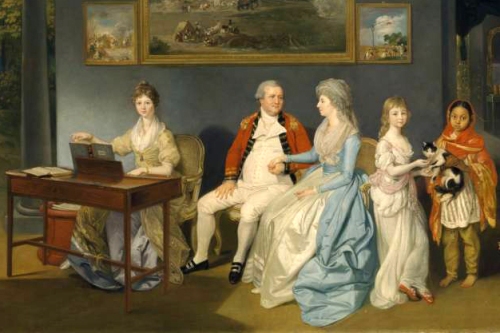
In the post 1970 revolution era, women musicians in Iran, especially women vocalists, have represented a challenge to societal norms and have inspired new musical trends. Such trends, however, have largely been inconsistent with the gendered restrictions of the Iranian state’s cultural policies which limit the musical activities of women, especially singing in public. Iranian society has long been one where religion and politics have been integrated into everyday life. With Islam as the official state ideology, this integration has been felt even more deeply. There is, however, a significant gap between such cultural policies, dominant official discourse, and the changing spiritual, intellectual, and cultural needs of Iranian society.
In this context, the emergence of women solo singers performing in public is unprecedented in Iranian history and must be understood in terms of the political, social, and intellectual changes of the late 19th and early 20th century. These changes included different processes of modernization including greater communication politically with the international community, the opening of modern schools, the establishment of a printing press, the creation of a modern educated or intellectual class (munavar al-fekr), the emergence of a literary renaissance movement (Bazgasht-i adabi), and a change in the country’s constitution. The Iranian public, especially the urban educated class, at the turn of the 20th century longed for changes in gender norms and for the participation of women in social and cultural spheres, including in the public performance of music. The early period of the Constitutional Revolution marked the beginning of Iranian classical music concerts performed in public. It was not until 1924, however, when the singer Qamar al-Moluk Vazirizade (better known as Qamar) gave her first concert at Tehran Grand Hotel, that an Iranian woman would perform before an audience of men in public.
Qamar was born in the small city of Qazvin but later moved to Tehran where she adopted her family name in honor of Ali-Naqi Vaziri, an Iranian musician who improved the social status of musicians and expanded the role of women in music. Qamar lost her father a month before she was born, and her mother died when she was only 18 months old. She was raised by her grandmother, Khair al- Nesa’, a reciter of the Qur’an and a religious professional narrator for women-only audiences (rouzeh-khani). Khair al Nesa’, who was known for her strong reciting voice, quickly took notice of Qamar’s interest in singing and encouraged her to join the performances–making them more captivating and helping Qamar to cultivate her singing voice. Qamar later recounted, “Those singing experiences in my childhood gave me the courage to sing in public”. Similar to the renowned Egyptian singer Umm Kulthum, Qamar’s professional career as a singer was influenced by and connected to her religious background.

From 1927 to 1937, Qamar’s career flourished, and she became one of the first Iranian singers to record for the gramophone market. Some of her songs reflected the social conditions and hardships faced by Iranian people after World War I. Furthermore, her recordings were even performed in public spaces such as theaters. Qamar is generally known to have played a significant role in the development of Persian classical music as a genre and expanded its popularity in aristocratic circles to wider society in the early 20th century.
Learn more in “Voicing their presence: Postrevolution Iranian female vocalists in context” by Malihe Maghazei [Popular communication XV/3 (2017), 233–247]. Find it in RILM Abstracts of Music Literature.
Listen to a recording by Qamar al-Moluk Vazirizade below.









